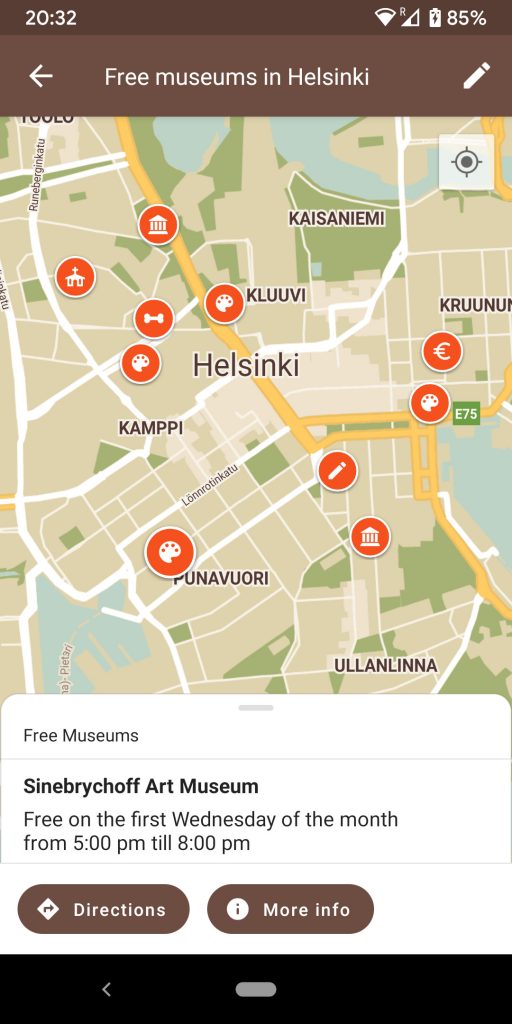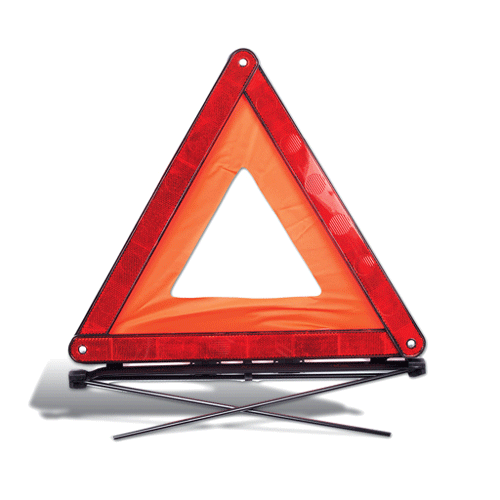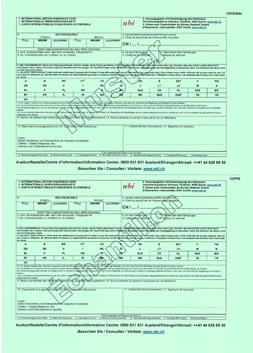The Green Card is also called an International Motor Insurance Card is a document that provides prove that you have the minimum required third party liability insurance for the country you are traveling in. When you carry a green card it makes it easier to travel into different countries because you have prove of insurance at the border and it will protect the interests of the people from those countries in case of an accident. The Green Card is issued by 45 insurance organizations of mostly European countries, which are all affiliated to an umbrella organization, the Council of Bureau (CoB).
The following list shows countries that don’t require a green card
Andorra, Austria, Lithuania, Luxembourg, Malta, Liechtenstein, Netherlands, Norway, Czech Republic, Denmark, Estonia, Finland, France, Germany, Greece, Hungary, Iceland, Ireland, Italy, Latvia, Poland, Belgium, Bulgaria, Croatia, Cyprus, Portugal, Romania, Slovak Republic, Slovenia, Spain, Sweden, Switzerland
The following list shows countries that do require a green card
Albania, Belarus, Bosnia and Herzegovina, Israel, Moldova, Morocco, Russia, Serbia and Montenegro, Tunisia, Turkey, Ukraine, Former Yugoslav Republic of Macedonia (FYROM), Islamic Republic of Iran.
When you travel to any of the countries mentioned above, you can ask for a green card from your insurance company. If they cant provide one, you may consider contacting another insurance company, or you can ask for a border insurance at the point of entry of that country.
The green card is still the most recognized and understood proof of car insurance by local police. Even when you travel to countries where the document is not required anymore it is good to keep one with you, so you can always show proof of insurance when its needed, for example after an accident.
Since the Green Card is valid for a limited period of time, it is important to check its validity before setting off on a trip. In the event of an accident, the duplicate of the Green Card – if there is one – should be given to the police or the injured party. If a duplicate of the Green Card is not available, a copy will have to be made or the police will record all the relevant data in the police report.
New version
During its General Assembly, 2008 the CoB has approved a new Green Card model. This document has subsequently been approved by the UN (ECE). During its meeting held 27.11.2008, the NBI & NGF Management Committee has also approved the new format.
The new Green Card model is compulsory since 1.1.2011. Old Green Cards issued before 1.1.2011 remain valid until their expiry date (second date in field Nr. 3). A Green Card issued in the old format after the 1.1.2011 will be considered invalid. It can be confiscated by the border authorities.
(Partly copied from http://www.nbi.ch/green-card-003-020601-en.htm)





